Bromeliad is one of the most beautiful and amazing tropical plants that are often grown by gardeners outside their natural habitat, in particular in our apartments. Belongs to the Bromeliad family, in which there are about 50 species. The homeland of the plant is the tropics and subtropics of America.
The flower attracts with its appearance, which even before flowering has great decorative value. However, how beautiful this plant is, it is so demanding. Maintaining high humidity, close to tropical, at home is not easy, so care for bromeliad requires certain skills for gardeners.
Content
Characteristics of the indoor flower of bromeliad
The most attractive external part of the plant is bright flowers, they come in a variety of colors: from pale pink to purple. Thanks to the work of breeders in floriculture, plants with white and red flowers are also found. The leaves of bromeliad, capable of reaching 50 cm in length, are large and stiff; some species may have small spines at their edges.
Leaves form a rosette for moisture to accumulate in the natural habitat. The same outlet is intended for watering the plant at home. The root system of bromeliad cannot be called well developed, in connection with which the flower receives most of the moisture through the outlet.
Bromeliad flowers can be collected in both simple and complex inflorescences, have a double perianth. Bract leaves are brightly colored. The fruits of bromeliad are in a box or berry, which can grow together in the fruit. As a rule, the mother’s outlet dies immediately after flowering, but the side shoots remain - with their help, the plant can be propagated.
With regular watering and top dressing, bromeliad can bloom for 2-3 years of life. The plant blooms only once during the life cycle, after which it dies.
Names of Bromeliad species
The Bromeliad family includes about 3,000 species names, but epiphytes shown in the photo are plants in floriculture, plants whose root systems are mainly needed for fixing on tree trunks:
- ehmeya;
- guzmania;
- cryptanthus.
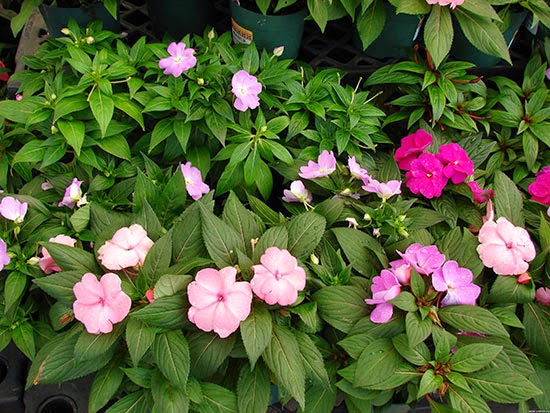 You may be interested in:
You may be interested in:Ehmeya is a perennial known for decorative leathery leaves and bright large inflorescences. Indoor specimens reach 30-90 cm in length, while in the natural environment the echmea sometimes grows up to 2 m. The leaves of the flower are long - up to 50 cm, have a linear or belt-like shape, and a chaotic pattern. The edge of the leaf blade may be pointed or rounded. At its base, the leaves of echmeiah are folded into a socket with a funnel in the center.
During flowering, a large inflorescence of spike-like or capitate form appears on the plant, having a dense peduncle. One inflorescence can contain many shades of pink, lilac and blue flowers. Ehmeya is a poisonous plant, its juice can irritate the skin, so you need to take care of the exotic plant with gloves.
Guzmania is a tropical plant, characterized by oblong glossy leaves collected in a rosette, from which an inflorescence appears in the form of an ear. The inflorescence is formed from bright bracts, between which are white and yellow small flowers. Flowering lasts 4 months, after which the plant dries.
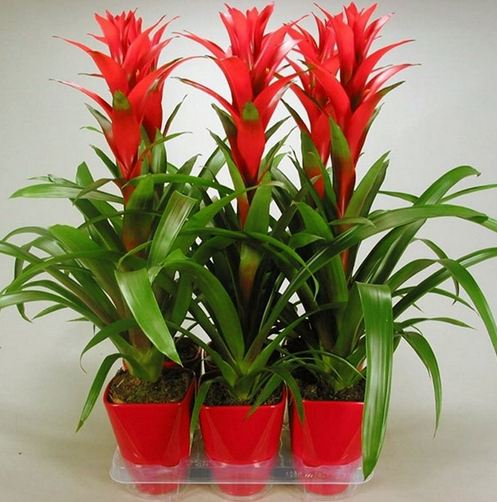
There are several different types of guzmania, each of which has a unique flowering:
- guzmania blood red - corymbose inflorescence, consists of 7-12 flowers, when flowering leaves become saturated red;
- mosaic guzmania - the rosette of a flower looks attractive even before flowering begins. The species is characterized by long leaves with green and red-brown stripes;
- reed guzmania - the inflorescence is formed by flowering leaves of pink or bright red color.
Cryptanthus is an “earthen star”, a perennial whose distinguishing feature is the absence of stems. The flowers of the plant are located in deep dense foliage, so it can be difficult to see them. Stripes of long leaves can have a different shade: green, yellow, red, white.
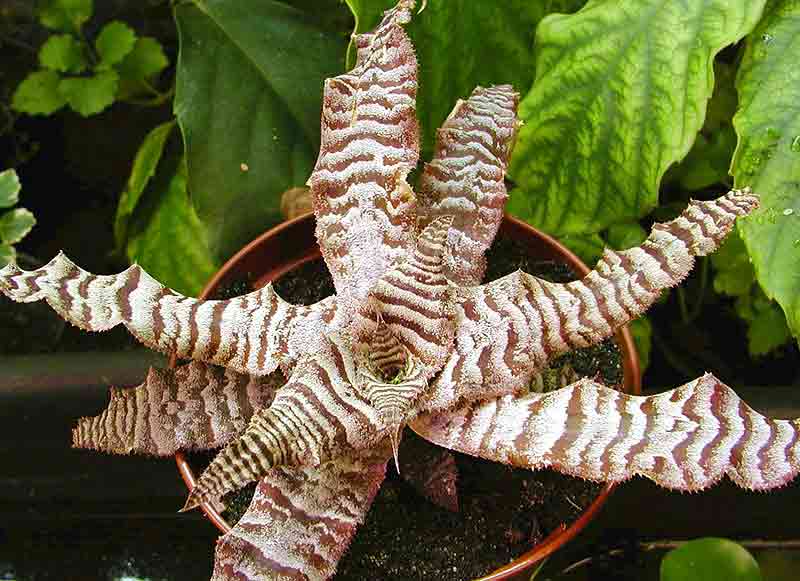
The edges of the leaves are wavy, serrate, and compensate for not too attractive white inflorescences. Cryptanthus is the smallest and most whimsical representative of the bromeliads.
Features of caring for bromeliad at home
All types of bromeliad have similar requirements to the conditions of detention, the main of which are high humidity of air and soil, so it is not very difficult to care for them. Water the flower from a watering can only with soft water at room temperature. A warm shower will benefit the flower in the hot season. For irrigation, you can also use boiled settled or rain water.
Other signs that may indicate improper care:
- the dried tips of the leaves indicate that the air in the room is not humid enough, and there was no liquid in the flower outlet for a long time (regular spraying and watering is necessary, carried out not only through the substrate, but also through the outlet);
- light brown spots on the leaves may mean that the flower is in a too light place (during the active sun, the plant needs to be shaded);
- if the leaves become very dark, the room temperature is not high enough;
- if the flower stops growing, and the leaves become sluggish and drooping, the plant is supercooled or suffers from stagnation of water in the substrate (the top layer of the soil needs to be dried and watered as the soil dries).

An equally important condition for growing a flower is the presence of a sufficiently spacious pot and drainage layer in it. The pot should have openings for the exit of excess water, and a saucer into which it will drain. The water accumulating in it must be poured every day. The saucer can also be used to maintain moist air: gravel or expanded clay is poured into it, and a pot is placed on top. This will help protect the roots from fluid stagnation and at the same time moisturize the air around the plant.
Substrate
The fertility of the soil is not very important, but the soil should be slightly acidic, easily passing air and water. The best solution is to use a substrate for orchids. You can also prepare the substrate yourself by mixing the following components in a ratio of 4: 2: 1: 1:
- sheet earth;
- humus;
- pine bark;
- sand.
Since the soil must be drained, charcoal or expanded clay can be included in the substrate. In the soil taken from the garden, the tropical flower does not take root.
Location and lighting
The flower can be placed in a brightly lit place, and in partial shade. The main condition for the location is the absence of scorching direct sunlight. If the flower still stands by the window facing south, during the day it is imperative to create a shadow with the help of translucent curtains, gauze or paper.
In the cold season, bromeliads may not have enough sunlight, so you can use a phytolamp for backlighting. However, using a lamp, you cannot direct it at the flower: the stream of light should be directed to the ceiling.
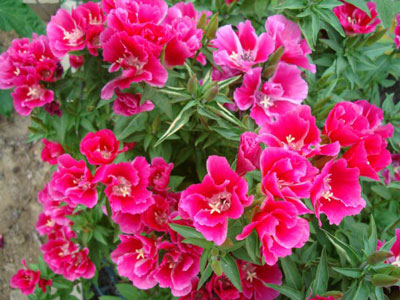 You may be interested in:
You may be interested in:Temperature
The optimum air temperature in spring and summer is + 23-25˚C. In winter it is advisable to maintain a temperature of + 15-17˚C. When the temperature drops to + 10-12˚C, the plant dies. Bromeliad does not tolerate drafts and streams of cold air, so it is better not to install a fan and air conditioning in a room with a plant. Ventilate the room, but do not open the door to the room. If there is no draft in the room, you can leave the flower in warm weather by the open window.
Watering and humidity
Bromeliad is a moisture-loving flower that needs systematic, but moderate watering. In summer, the plant can be watered every 1-2 days if the top layer of the substrate has dried up. If the soil remains moist the day after watering, spraying the soil with a spray is enough. In winter, you need to reduce watering to 1 time per week.
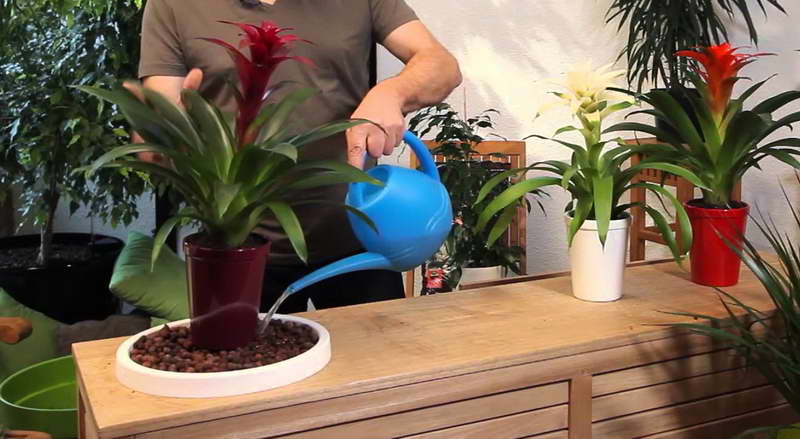
Humidity should be in the range of 60-80%. This level can be maintained with the help of an air humidifier, installation of a container with a plant near the aquarium or regular spraying (in the warm season at least 2 times a day). It is possible to maintain a high level of humidity by placing bromeliad next to other moisture-loving plants: joint transpiration will help maintain humidity at 70%.
Fertilizers and fertilizing
Fertilizing is necessary during the active growth of the flower. For feeding bromeliad, solutions of mineral fertilizers are used, which must be applied to the soil during the period from March to August. The frequency of top dressing is once every 20 days; in winter, one top dressing every 6 weeks is enough. There are 2 types of top dressing:
- basal (fertilizing the substrate);
- foliar (spraying leaves with a fertilizer solution).
Breeding
Bromeliad can be propagated by shoots that form at its base. They appear after the flowering of the mother plant, but the shoots will be ready for planting in separate pots only after 2-3 months, when they get stronger and become larger. Then the shoots need to be separated: it is preferable to do this with your hands, since with a knife you can easily damage the weaving of the mother plant.
Young shoots, which already have their own root system, need to be planted in nutrient soil, the same as used for an adult flower. Before planting, the soil must be moistened. It is better to immediately choose a fairly spacious pot, since when the shoots grow into full-fledged plants, their transplant will not be needed soon.
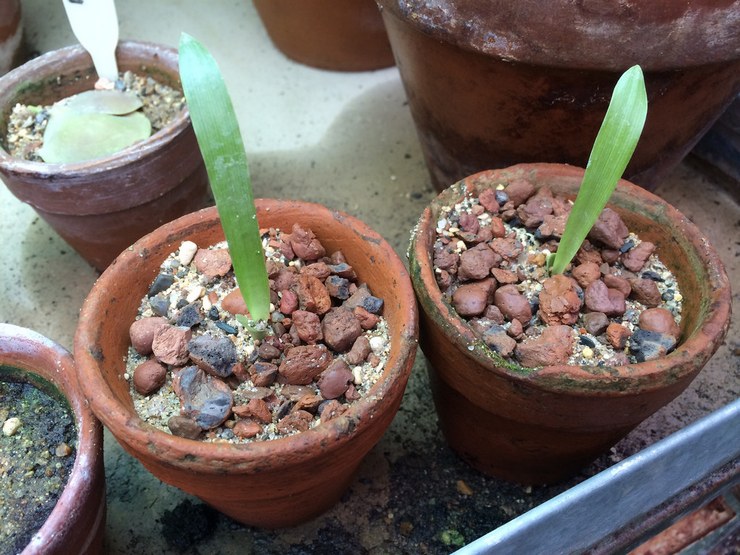
Rooting shoots takes place within 2 months. At this time, it is important to maintain a stable temperature in the room (at least + 20˚C) and ensure constant soil moisture, preventing its acidification. Bromeliads propagated by shoots bloom in 2-2.5 years with proper care.
Transfer
Often transplanting bromeliads is not necessary, otherwise the plant may die. However, a transplant is necessary if the roots have grown strongly and do not fit in the old pot. The new flower container should be 2-5 cm wider than the previous one, depending on how much the root system has developed. The material the pot is made of is not important - bromeliad grows well in plastic, wooden and clay containers.
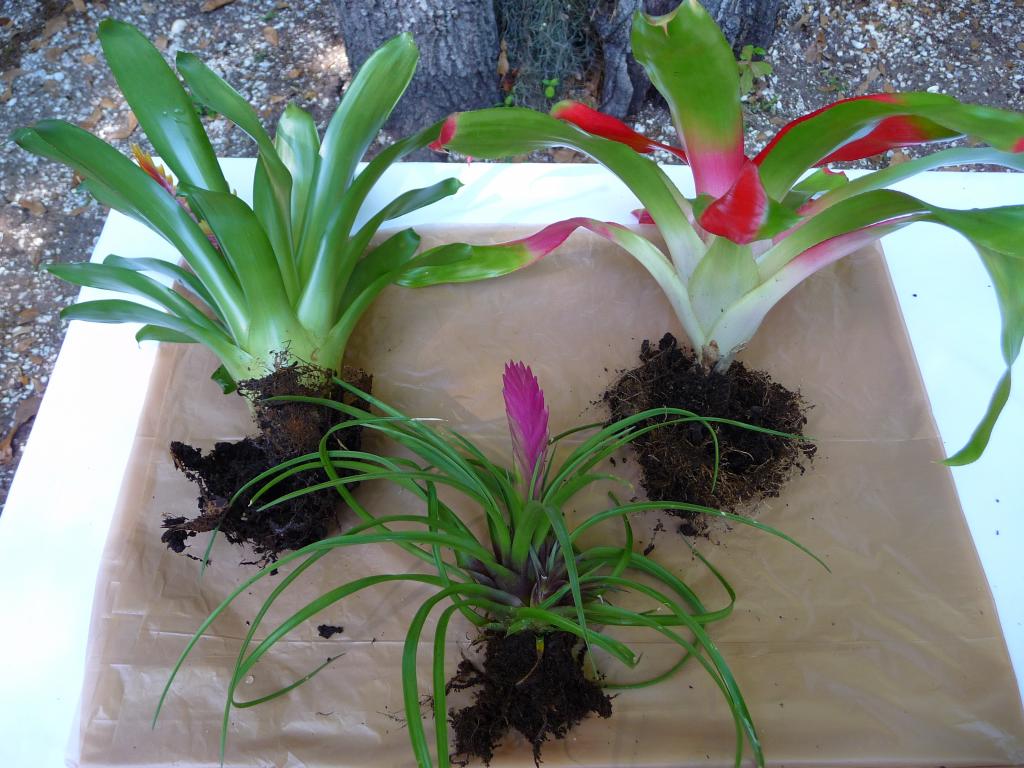
The flower must be removed from the old pot, if possible, clean off the old soil without damaging the roots. For transplanting into a new container, soil for orchids is suitable. You need to fill it in a pot and make a small indentation for the flower. The hole must be poured with soft water at room temperature, put a plant in it and sprinkle with earth. When transplanting, the earth needs to be slightly tamped so that the flower stably holds in a new substrate.
Diseases, pests and methods of dealing with them
The most common pests that appear on bromeliads are thrips, spider mites, and scale insects. General prevention of pests:
- maintain high humidity;
- Do not put flowers just bought in the store next to bromeliad;
- inspect every day plants that are outdoors in warm weather.
Thrips can be easily recognized by the shiny traces and white spots on the leaves of the plant. Insects start on the inside of the leaves, which quickly die off if untreated. Favorable conditions for pests - dry and warm air. To get rid of them, the flower must be sprayed with an insecticide (Actellik, Fitoverm), and cover with a plastic bag for a day.
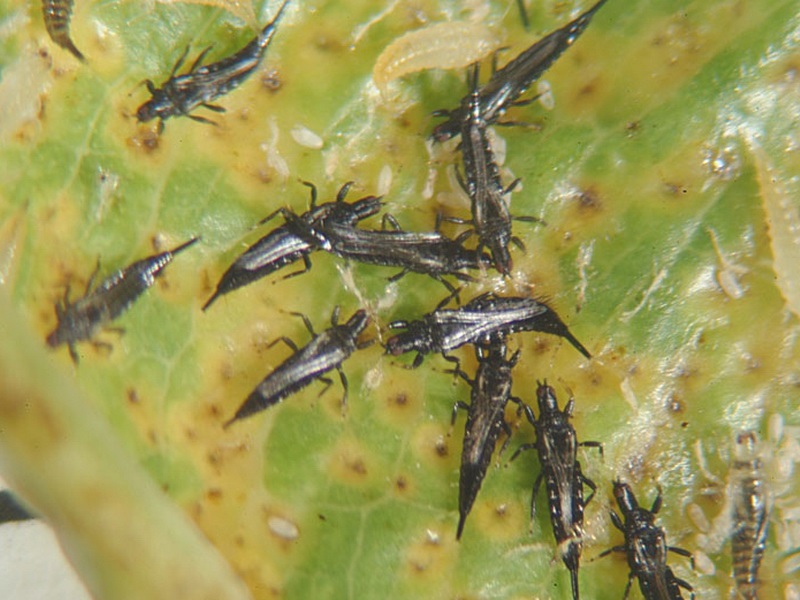
The spider mite often settles on the back of the leaf, which is covered with small white dots. A thin spider web on the leaves may also indicate a pest. The tick often starts in a room with dry air, so the best prevention will be the systematic spraying of a flower. If the pest is wound up, bromeliad should be treated with an acaricide or insect acaricide (Bicol, Envidor, Akarin, Neoron). It is necessary to carry out 3 treatments with an interval of 4 days.
 You may be interested in:
You may be interested in:External signs of scale insects are pale or brown scales, which are tightly attached to the leaf. Prevention consists in regularly airing the room, spraying and inspecting the plant. Treatment method:
- brush off the leaves with a brush;
- treat the plant depending on the degree of damage: with a weak one - with an alcohol solution with soap, and with a strong one - with a chemical preparation (Actellik or Fosbetsid).
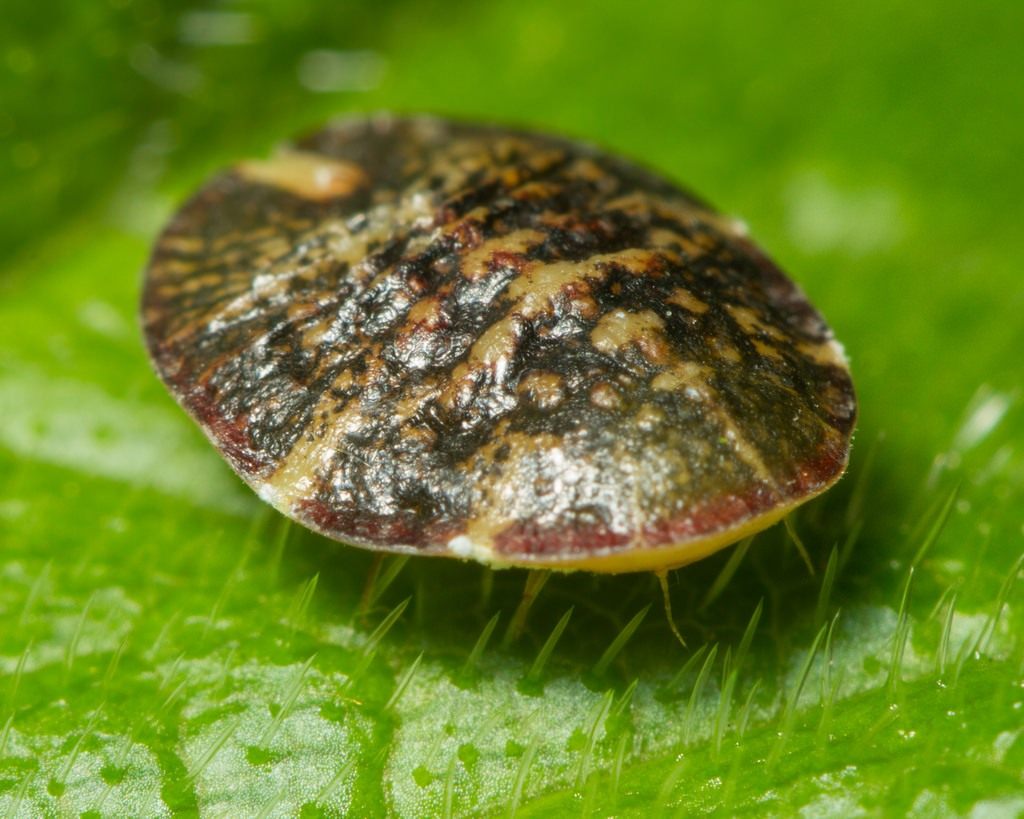
Bromeliad rarely gets sick, but the appearance of a fungal disease - powdery mildew, which forms on leaves and young shoots, is possible. Powdery mildew spores look like brown balls. If untreated, the plaque darkens and becomes thicker. You can cure the disease with a fungicide (Fundazole, Topaz).
Signs and superstitions associated with indoor flower
Although there are few superstitions associated with bromeliad, they are all positive. It is believed that the flower has the ability to improve the mood of people and bring peace to the house. When caring for bromeliad, the daily routine becomes orderly and stable. It is useful to grow a flower for people whose life and work is full of frequent experiences.
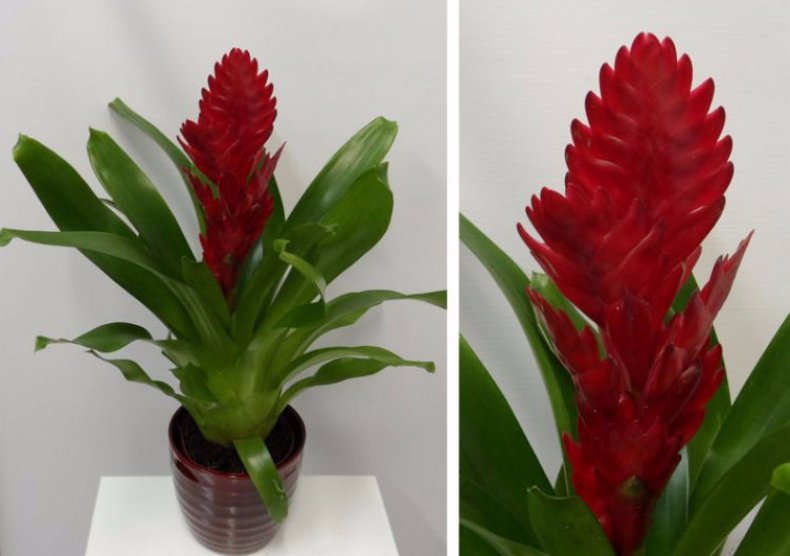
Bromeliad also helps to cope with self-doubt and discover creative abilities. Therefore, it will be useful to install a flower in the child’s room or in the office of a creative person. Caring for a flower helps relieve stress, start thinking positively and see the positive aspects in any situation.
Bromeliad can become a symbol of the hearth and financial well-being. Since the plant needs painstaking care, it can teach the owners to take responsibility for their work, work hard and achieve their goals.
Common Growing Questions
Although bromeliad requires careful care and constant supervision, the flowering period will definitely be worth all the effort. Even when the mother plant dies after flowering, there is always the opportunity to continue cultivating the exotic flower with shoots and enrich the collection with young specimens.



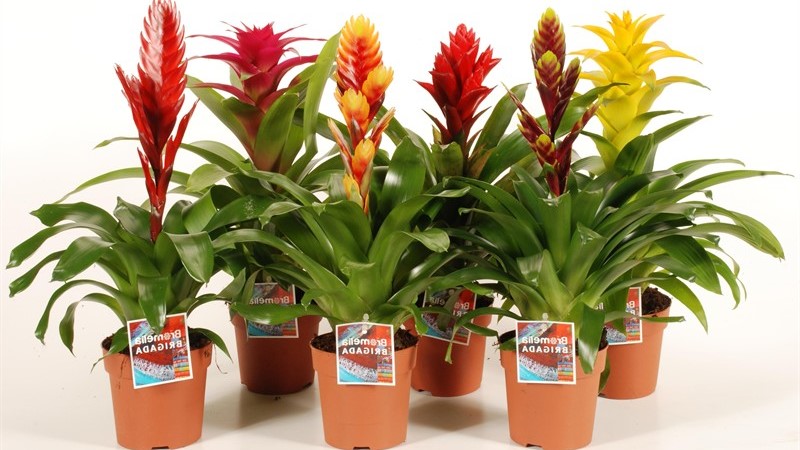
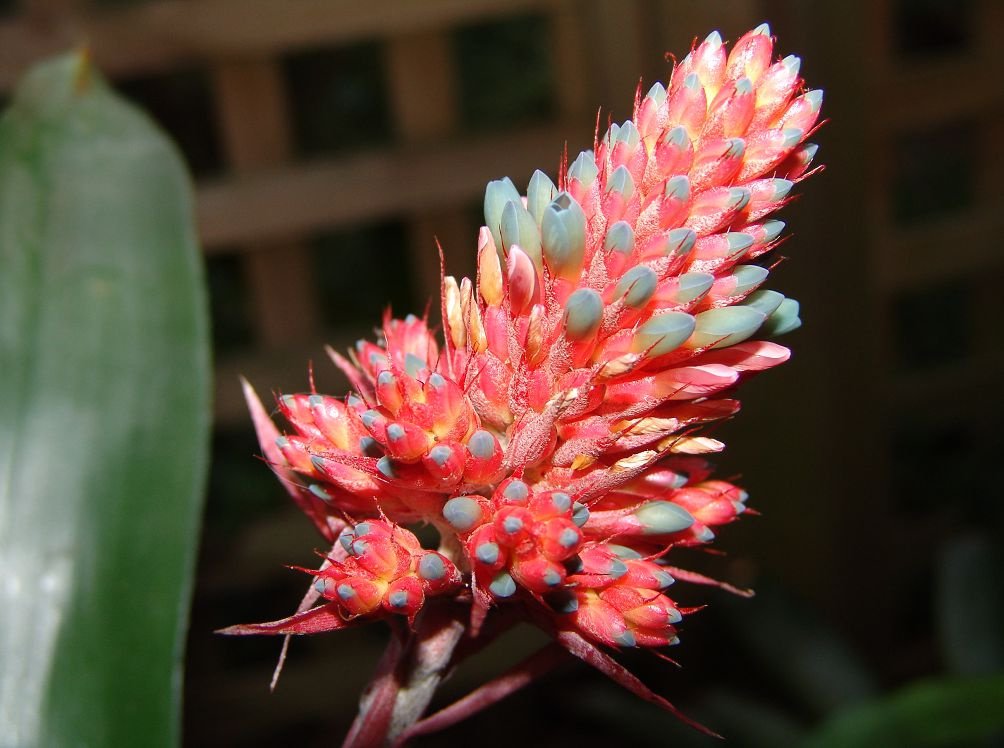
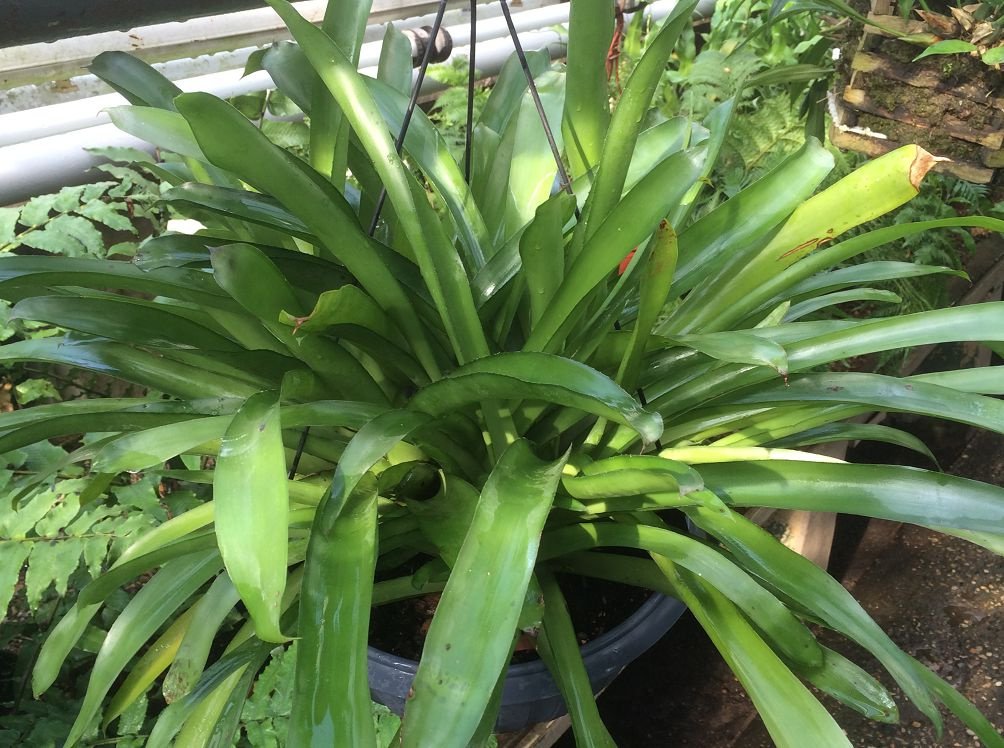
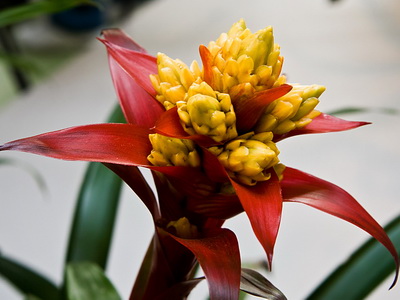
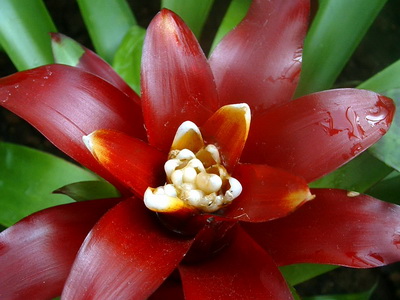



 10 beautiful annuals that bloom all summer
10 beautiful annuals that bloom all summer Sow in the ground, without seedlings: 10 beautiful and unpretentious flowers
Sow in the ground, without seedlings: 10 beautiful and unpretentious flowers Platicodon planting and outdoor care
Platicodon planting and outdoor care Hosta - planting and care in the open ground in the Urals
Hosta - planting and care in the open ground in the Urals